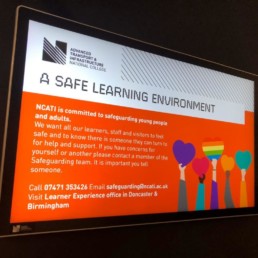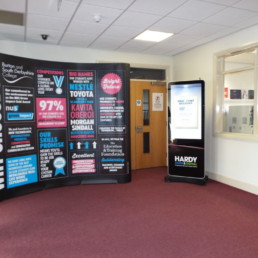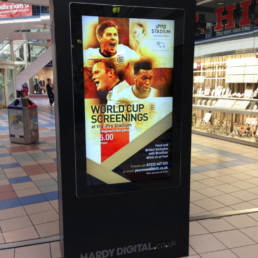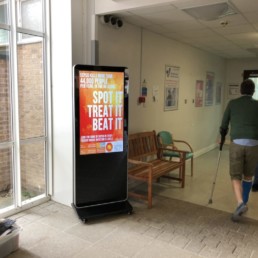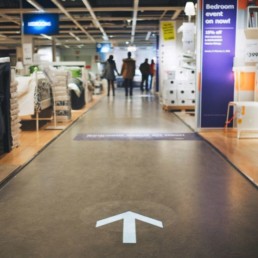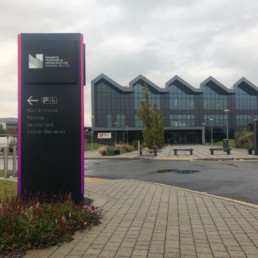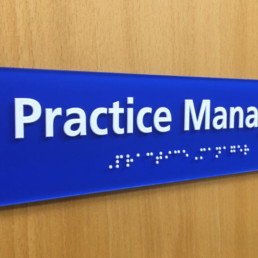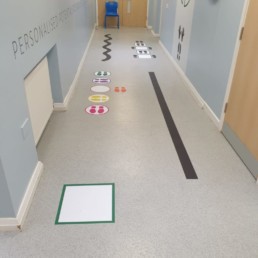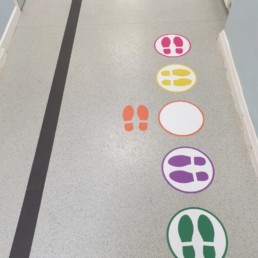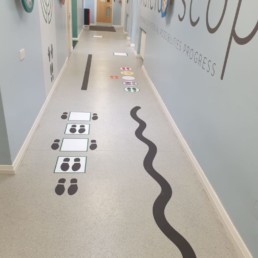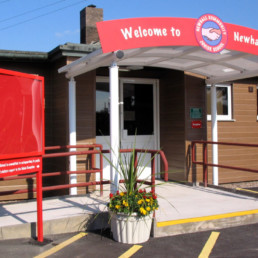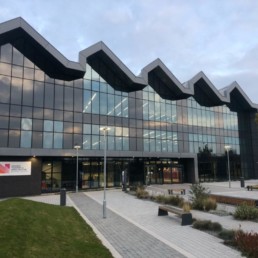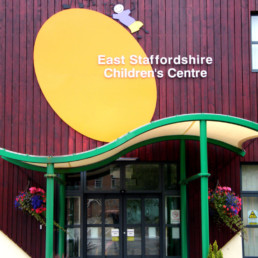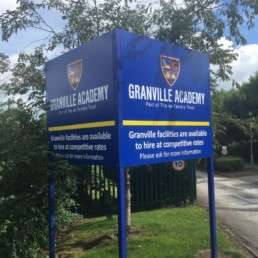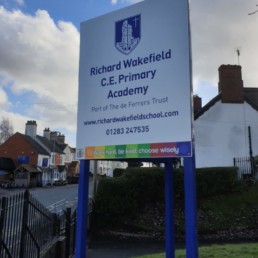There are many several aspects that schools should explore when it comes to signs. They can help with wayfinding, health and safety, engagement and even illuminating dark areas, to name a few. In this article, we look at the best practices to follow when planning for your educational institution.
Signs are vital for keeping students and staff aware when required. Their design plays a key role in the overall identity of the school. Different colours resonate better with different ages and pupils, too.
For example, primary schools will purposely use bright colours and ‘fun designs’ to create a safe feeling and comfortable setting. Secondary schools and higher education will use a more adult tone and strict designs to prepare students for the life after school.
Read more about the importance of colours in signage here:
Signage in this sector needs to be utilised to be seen profusely and used regularly. The following few examples will show how best to use different signs to inform, encourage and help visitors and students alike.
>> Digital Signage:
The best way to use digital signage is as an easily readable information board. Notice boards are slowly coming out of fashion, and digital displays are quickly replacing them.
There are many advantages to digital signage:
- They help you do your bit to minimise your impact on the environment. Energy consumption is very little, and you won’t need to print anymore.
- Digital screens can be controlled from a central computer or from anywhere in the world remotely. This not only saves time but also helps the crucial green agenda.
- Digitalisation has proven to produce higher engagement rates amongst millennials and generation Z.
Digital screens can display term dates and other important dates, events and even health and safety rules such as ‘wash your hands. Promoting multiple slides at a steady pace means you can communicate without bombarding people.
Outdoor digital screens help you feed information to other stakeholders, such as parents, inspectors, etc.
>> Wayfinding Signage:
Another required and practical product is the wayfinding scheme. It doesn’t just help people not to get lost but vastly improves the experience on campus. Some educational institutions have several buildings, which make it difficult to navigate around sometimes. Should this be the case for your organisation, our team could help you design, manufacture, and install new signage to help your students, staff, visitors and even Ofsted find their way around.
Over the years, you could expand your institution further or swap things around. Keeping your wayfinding signage up to date here is very important.
In primary education, there are fun ways that can help you add wayfinding. Using bright colours will help children to focus and to guide them to where they need to be. Applying colours to different parts of the buildings in higher education can also help you recognise each part easier.
Once in those sections’ door signs, arrows and maps can help the students to the room they need to be in.
To help those with visual impairments, braille and tactile signs can help students find where they need to be whilst keeping their independence.
Wayfinding signage comes in handy at the car park, leisure centres and other accessible areas if they are part of your institution.
>> Floor Graphics:
Floor graphics are cost-effective and contain essential information. They can be used both internally and externally. Typical applications are for sports halls with the school logo, building entrances, car parks, etc. Graphics can serve as wayfinding or help people to keep their distance.
They could also be used in playgrounds to keep the children entertained at break times or during PE classes. At Fountains federation in Stretton, we recently designed, printed and installed floor graphics in their corridors for the children to use for different activities such as practising balance, hopscotch, spatial awareness etc.
>> Entrance Signs:
Schools of all kinds need prominent, warm, enthusiastic fascia signage representing their vision, values, and reputation. Your typography and design should transmit messages of quality and reputability as they are the first visible thing to your building.
Depending on your community, brand and so on, you could utilise many different options. Some choose halo illuminated 3D letters and logos to represent the school. This option helps your institution to stand out day and night. Including your school’s logo indeed allows others to identify the school and creates brand recognition.
Sign trays at different sides of the buildings also increase exposure. They are helpful to visitors who may have never been to your facility before. Post and panel signs are another solutions that you could install near your entrance – where you could include the website and phone number.
Whatever the age of your students, you are likely to be required to apply the same signage around your building. The old signage schemes in schools could be confusing nowadays, and thus it may be necessary to reconsider your signage. Our multi-award-winning team at Hardy Signs can manage your project from beginning to end, from survey, design, and manufacturing to installation across the UK.
Signage is an essential investment for the efficient running of educational institutions, and research shows that good signage improves engagement. Contact us today to find out more about how we can help you transform your institution.
See more examples here:
Like what you see here?
Get in touch with us to see how we can help your business or brand.
Call us on 01283 569 102
